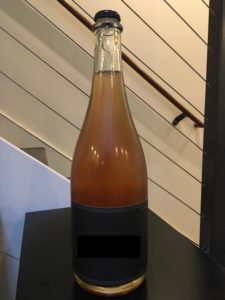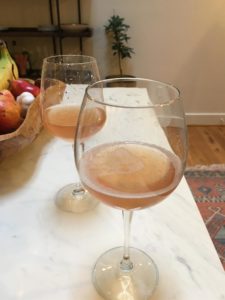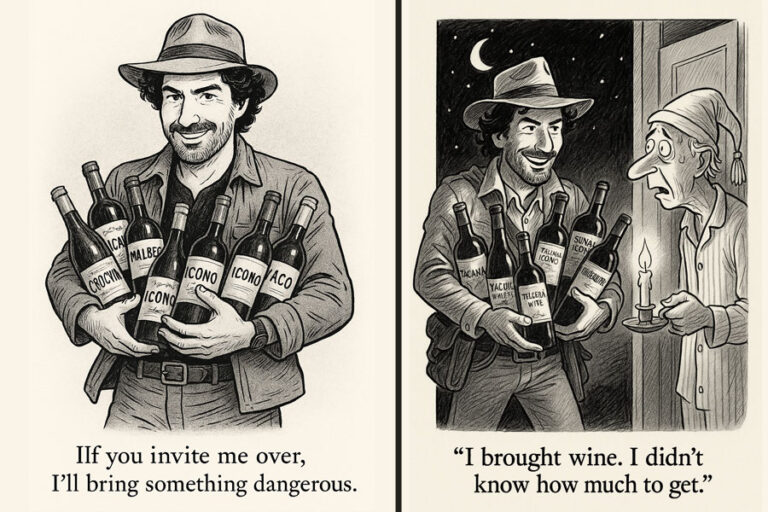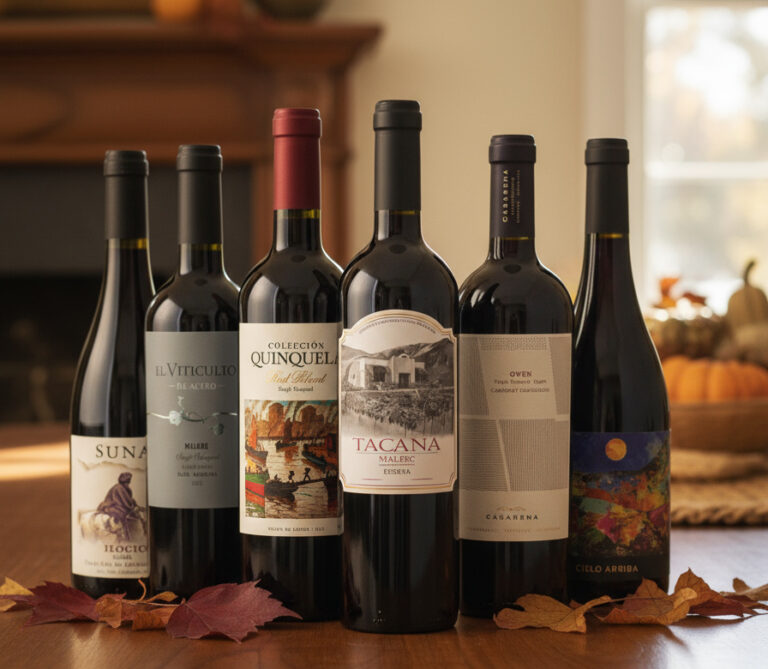[et_pb_section fb_built=”1″ _builder_version=”3.22.3″ global_colors_info=”{}”][et_pb_row _builder_version=”3.25″ background_size=”initial” background_position=”top_left” background_repeat=”repeat” global_colors_info=”{}”][et_pb_column type=”4_4″ _builder_version=”3.25″ custom_padding=”|||” global_colors_info=”{}” custom_padding__hover=”|||”][et_pb_text _builder_version=”3.27.4″ background_size=”initial” background_position=”top_left” background_repeat=”repeat” global_colors_info=”{}”]
“Look at that sediment,” C said. “It’s almost like apple cider.”
We were inspecting a cloudy bottle of “natural” sparkling wine we had recently received in the mail. As staunch critics of mass market wines and industrial winemaking, it is often expected that we reserve an equal and opposite enthusiasm for so-called “natural” wines.
Not necessarily…
Continued Below. First, French winemaker Julien Miquel dives deeper into how wine evolves with age including what to do if you find your red wine has turned brown…why whites sometimes look green… and what the heck “astringency” means… NOTE: if you haven’t already watched Part 1, click here to catch up…
Brown Wine
(The Evolution of Wine Through Aging Part 2)
[/et_pb_text][et_pb_video src=”https://youtu.be/rjDg9moLYww” _builder_version=”3.25.1″ global_colors_info=”{}”][/et_pb_video][et_pb_text _builder_version=”4.11.1″ global_colors_info=”{}”]
Note: this video references Julien’s guide to decanting which you can watch by clicking here
We poured out two glasses of the natural bubbly, careful to disturb as little sediment as possible in the already cloudy bottle of dark orange liquid.
A dark orange “natural” sparkling wine
We were pleasantly surprised to find that once in-glass the wine lost its dark tinge and took on a pleasant orange pink hue, brimming with white fizz.
A pleasant pink orange hue
A delightful summer drink? Well, sort of.
“It tastes like apple cider too,” remarked C.
We nodded. Fall would have been a better fit.
“So what makes this ‘natural’?” asked C. “Just the fact that they didn’t filter out the sediment?”
In theory, natural wine is made without preservatives, chemicals, or filtration of any kind.
In practice, natural wine is the hottest wine trend among 25 to 35 year olds right now, and no one’s asking too many hard questions. A recent article in the cooking magazine Bon Appetit recommended selecting natural wine not by region or winemaker, but on nothing more than pleasing label design.
We inspected the label in front of us for an explanation of what, exactly, made the drink natural and found nothing. A bubble rose to the top of the liquid and popped.
Well, at least it was cold.
Some flock to it out of concerns for chemicals used in the grape growing process, and rightfully so.
But natural wines are not necessarily organic, unlike, say, many small batch Italian wine out there.
Others are concerned – again, rightfully so – about chemicals in the winemaking process.
But what about the all-natural components small winemakers have always used – including egg whites (very common in Argentina) and sulfur – to preserve and stabilize wine? Is a method with zero additives better than a traditional method with one or two natural additives?
Meanwhile, natural wines tout their lack of filtering, yet plenty of high altitude wines – some of which you’ve tasted dear reader – also forego filtering simply because it’s not necessary.
Most importantly, the fact that a wine is called “natural” does NOT guarantee that is actually free of additives or unfiltered.
One thing is certain: natural wines, like all wines, vary in quality. While the sparkling wine was a disappointment, the shipment also contained a delicious natural Ibero-American red wine called Bichi with a spicy, smoky flavor akin to mezcal (or peaty Scottish whiskey). Whether it was any healthier than, say, the bottle of Mundo Reves we enjoyed the other night as we snacked on pineapple chunks (an unexpectedly delicious combination – just don’t tell Julien), we cannot say. The difference, from our perspective, is that having gotten to know the winemakers behind Mundo Reves, we understand their desires, their process, and their characters… which always says a lot more about the wine than any label – natural or otherwise – ever could.
[/et_pb_text][/et_pb_column][/et_pb_row][/et_pb_section]





